Rock climbing can be an epic part of your adventure trip in Colombia with several locations that are perfect for climbing. With trips like Climbing in the Bogotá Countryside , Uncharted Colombia offers unique and customizable private tours of Colombia to satisfy any climber’s desires. There are many different climbing techniques and methods, and each trip can be customized for your preference. Not sure what is available? Here is a breakdown of three of the most popular options.
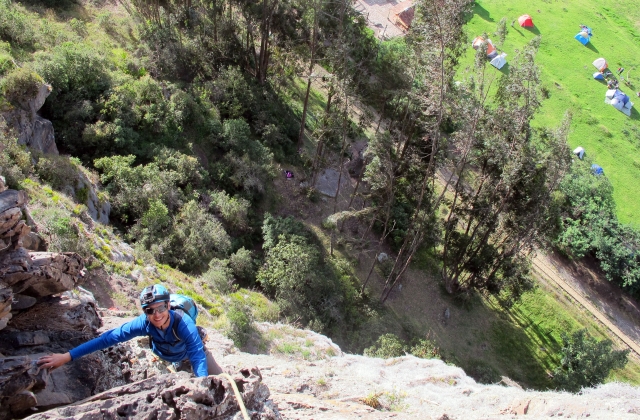 photo by Rafael Avila
photo by Rafael Avila
Trad Climbing
Traditional or “trad” climbing is what most people think of when they think of rock climbing, which is why it’s considered “traditional.” This method is where climbers install all of the necessary safety gear for the prevention of a fall as they climb, and remove them when the pitch has been completed. There are also traditional bolted climbs, where a hand-drill is used to install bolts. Unlike the bolts in sport climbing, the bolts in a traditional climb are typically spaced out much farther (from 15-75 feet). Because the gear for these climbs is removed after the climb, it is considered a “leave no trace” method of climbing and is preferred by many activists.
In Colombia, Suesca is the mecca for trad climbing.
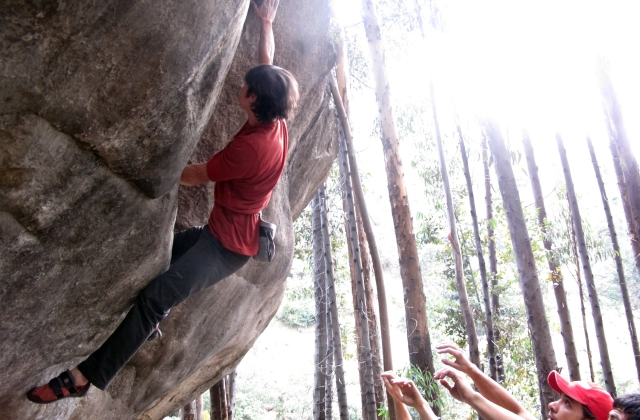 photo by Leo Cuesta
photo by Leo Cuesta
Bouldering
Bouldering is possibly the original form of rock climbing, dating back to the late 1800’s. Bouldering is a method in which no gear is used to complete the climb, but some safety gear may be in place in case of a fall, such as bouldering mats. The technique relies on cracks and outcroppings of rocks where strong finger and footholds are available. Climbers use chalk to keep their hands dry for a better grip, and upper body strength is a significant factor in bouldering success because most “problems” --- what bouldering routes are called --- are very steep. Granite and sandstone are favorite rock types for this kind of climbing, but indoor climbing walls can also be used for bouldering.
Sutatausa is the best place for bouldering in Colombia.
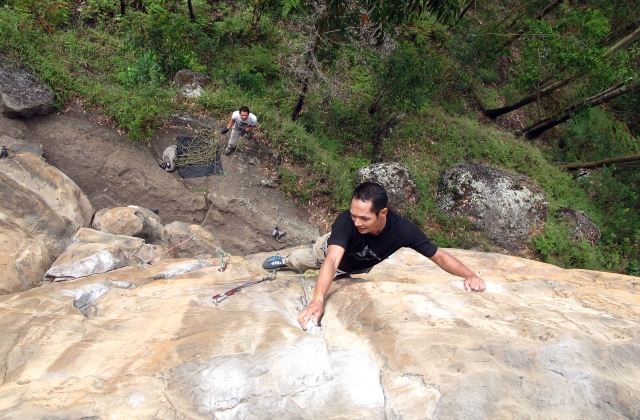 photo by Rafael Avila
photo by Rafael Avila
Sport Climbing
Sport Climbing Sport climbing is the most popular form of climbing. At indoor climbing gyms, sport climbing is the norm with closely spaced hand and footholds that are relatively close together (from 3-10 feet apart). Outdoors, sport climbing consists of permanent bolts at the location of the climb. They typically follow a direct route or climbing path. This method often provides a more comfortable experience with less gear, though this depends on the location and pitch. Not having to place gear for safety allows climbers to focus on the moves and enjoy the climb in a different capacity. However, this climbing method is not without controversy because of the bolts permanently placed in the rock.
Macheta is a relatively new climbing area in Colombia but is fast becoming known as the best sport climbing destination in the country.
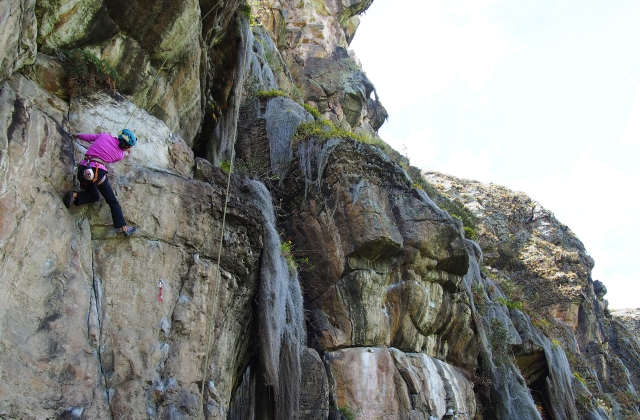 photo by Leo Cuesta
photo by Leo Cuesta
Environmental Impacts
Environmental Impacts All forms of rock climbing have some level of environmental impact, just like any activity where humans interact with nature. Bouldering can cause erosion, and delicate plants can be damaged or even removed by accident in the course of the climb. Traditional climbing can cause some minimal damage to the rocks from the temporary placement of the gear and is also a factor in erosion and plants damage. However, the permanence of the bolts in sport climbing has caused some waves. In specific locations, sport climbing is prohibited, such as protected areas and private property. Other sites have allowed the placement of bolts for sport climbing as a way to offer easy access to the climbs and a form of recreation and tourism. Whichever type of climbing you choose to engage in, make sure proper steps have been taken to minimize impact.
Ready to try these climbing methods in the natural beauty of Colombia? Plan a day trip in Suesca or a longer customized trek, and experience the thrills of an adventure tour in Colombia. What’s not to love? Colombia is waiting.

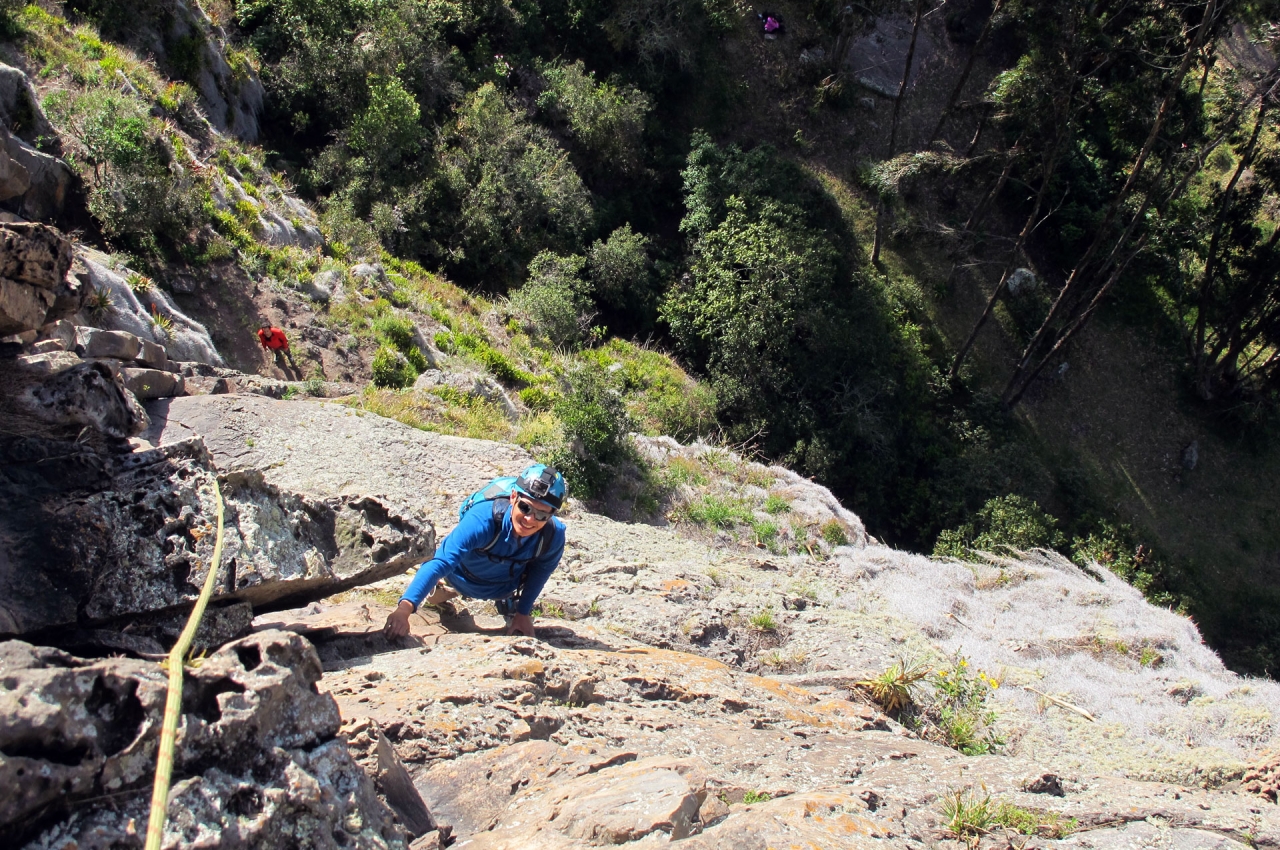 photo by Rafael Avila
photo by Rafael Avila